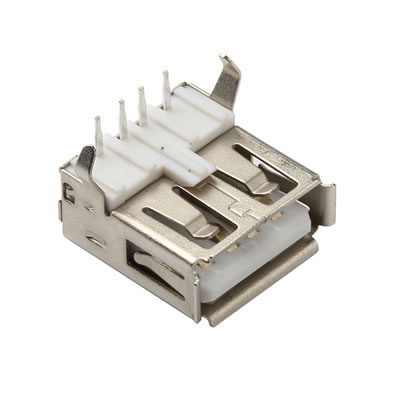How to prevent dust in USB socket interfaces
 2024-10-22 09:24:26
2024-10-22 09:24:26

The dust-proof design of USB socket interfaces is crucial for ensuring their long-term stability and reliability. Here are several common dust-proof measures:
Dust Covers:
· Integrated Dust Covers: Some USB socket interfaces are designed with built-in dust covers, which are usually pop-up covers that automatically close when a device is inserted, preventing dust from entering.
· External Dust Covers: Other USB sockets may use removable external dust covers, which need to be manually removed when in use and cover the interface when idle.
Sealing Design:
· Rubber Seals: Rubber seals or gaskets can be added to the USB socket design. These seals fit tightly around the interface when inserted, preventing dust and debris from entering.
· Enclosed Structure: Some USB interfaces are designed with a completely enclosed structure to avoid exposing open interfaces to the external environment.
Dust Filters:
· Built-in Filters: Some USB sockets incorporate small dust filters in their design, which can effectively filter out most dust and debris.
Dust Shields:
· Installing Dust Shields: In specific applications, such as industrial environments, additional dust shields can be installed on USB sockets. These shields effectively block dust from entering when not in use.
Dust-Resistant Materials:
· Using Dust-Resistant Materials: High-end USB sockets may use materials or coatings with dust-resistant properties to enhance the dust-proof capability of the interface.
These dust-proof measures can effectively protect USB socket interfaces, extend their lifespan, and ensure the stability and reliability of the equipment.


